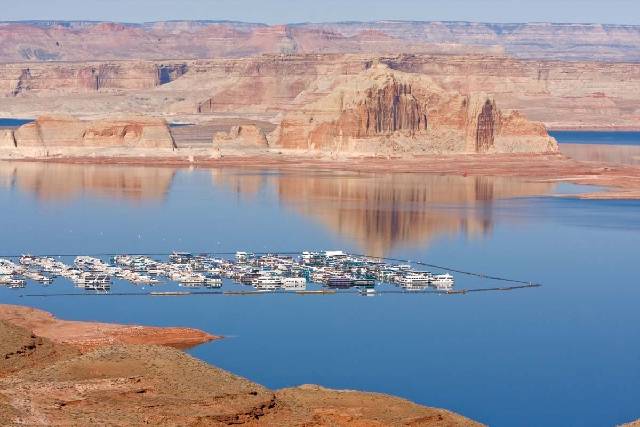Boaters beware of symptoms related to carbon monoxide poisoning
Have you ever gone out for a day of boating fun only to have your adventure disrupted by a headache, nausea, or dizziness?
Or has one or more of your passengers complained about feeling seasick while citing those same symptoms?
Whatever you do, those symptoms aren’t something you want to ignore. They may indeed be signs of seasickness or motion sickness, but they also can be associated with something far more dangerous and even deadly – carbon monoxide poisoning.
According to the U.S. Coast Guard boating safety website, “Early symptoms of CO poisoning include irritated eyes, headache, nausea, weakness, and dizziness. They are often confused with seasickness or intoxication, so those affected may not receive the medical attention they need.”
Carbon monoxide (CO) is an odorless, colorless gas and a byproduct of burning carbon-based fuels such as gasoline, propane or even charcoal. Something to keep in mind is that if you can smell exhaust fumes, carbon monoxide is present. It enters the bloodstream through the lungs and replaces oxygen in the red blood cells, preventing your body from getting the oxygen it needs.
Though anyone can be affected by carbon monoxide, people who smoke, drink alcohol, or have heart or lung issues are especially susceptible to its effects.
While engines are obvious sources of carbon monoxide on recreational boats, others may include gas generators, stoves, and space or water heaters. Especially on cabin boats or houseboats.
During my last boating season as a game warden at Lake Mead, I responded to an emergency call involving three victims of carbon monoxide poisoning – an adult male and female, and one youth. In this case, all three survived, but they were lucky.
The subsequent investigation showed that the boat, even though it was relatively new, had an exhaust leak associated with its onboard generator. Carbon monoxide made its way into the cabin through a small hole in the wall between the generator and the boat’s interior. The trio was poisoned while they slept.
While some may think they are safe because they have an open boat, nothing could be further from the truth. When idling or operating at slow speeds, or when operating a vessel with the bow in a high position, carbon dioxide can build up at the back of the boat or in the cockpit. A circular airflow draws or pulls carbon monoxide into the boat. Even a poorly vented canvas top can hold carbon monoxide.
Near the end of my tenure as a game warden, we began seeing boaters participate in an activity known as teak surfing. “Surfers” hanging onto the swim deck of a boat are pulled through the water at a low speed until the wake is large enough to create a sustained wave. Then they let go and “surf” the wake.
The problem is that the surfers are spending a large amount of time breathing in that area around the boat where carbon monoxide concentrations are the highest. Teak surfing is illegal in Nevada.
Anglers who are trolling with rod holders near the stern should be cautious about carbon monoxide build up as well. Care enough about your fishing buddy to watch for the signs of CO poisoning. If you can smell exhaust fumes near the stern, don’t sit there. Move forward in the boat and encourage your friend to have his motor checked by a mechanic.
The Centers for Disease Control and Prevention (CDC) offers the following tips for preventing carbon monoxide poisoning on boats:
*Install and maintain a working CO detector listed by Underwriters’ Laboratories (UL) as appropriate for marine use.
*Make sure all fuel-burning engines and appliances are properly installed and maintained.
*Educate all passengers about the signs and symptoms of CO poisoning.
*Swim and play away from areas where engines vent their exhaust.
*Watch children closely when they play on rear swim decks or water platforms.
*Never block exhaust outlets. Blocking outlets can cause CO to build up in the cabin and cockpit areas.
*Dock, beach or anchor at least 20 feet away from the nearest boat that is running a generator or engine. Exhaust from a nearby vessel can send CO into the cabin and cockpit of a boat.
Freelance writer Doug Nielsen is a conservation educator for the Nevada Department of Wildlife. His “In the Outdoors” column, published Thursday, is not affiliated with or endorsed by the NDOW. Any opinions he states in his column are his own. Find him on Facebook at @dougwritesoutdoors. He can be reached at intheoutdoorslv@gmail.com .







